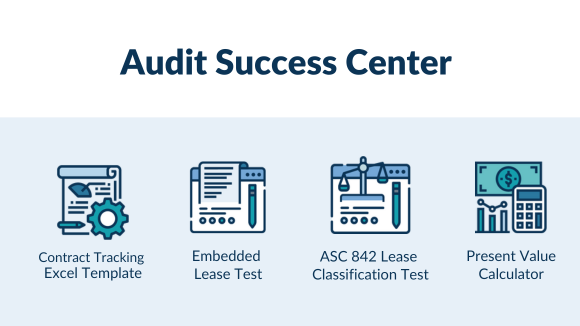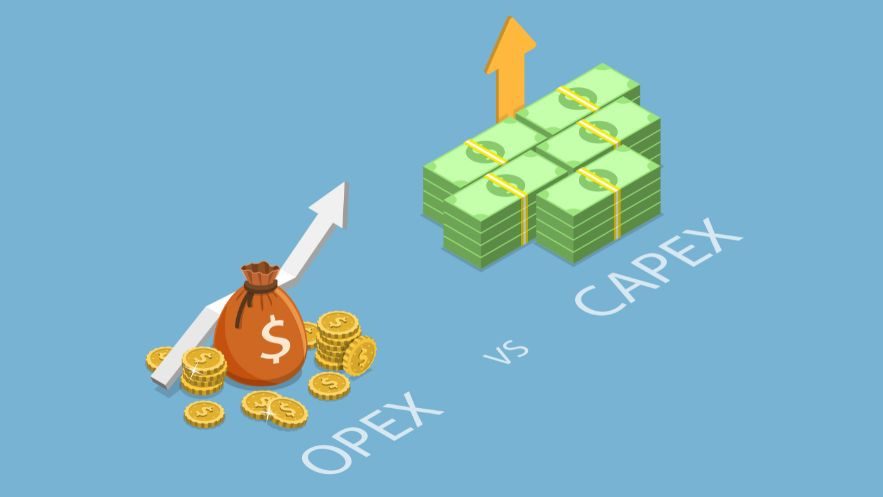What is materiality in accounting?
Materiality is the accounting concept that the more significant missing or incorrect information is to an entity, the larger impact the error or omission may have on the decision-making of users of the affected financial statements.
In other words, information is material to an entity if its omission impacts the financial decisions of users of an entity’s financial statements.
What does it mean if something is immaterial in accounting?
Immaterial is the description of an amount not impacting financial statements significantly. In other words, information is immaterial to an entity if it doesn’t impact the financial decisions of users of an entity’s financial statements.
What is a material misstatement?
A material misstatement is inaccurate information on a financial statement which impacts those who use those statements to make decisions. Material misstatements can be the result of an error or omission or perpetrated deliberately. Public entities are required to engage accountants to audit their financial statements for material misstatements. Many private organizations also engage auditors to perform various levels of review to help prevent or identify material misstatements in their financial statements.
How does materiality relate to leases, subscriptions, and fixed assets?
ASC 842, GASB 87, and IFRS 16, which relate to leases, require organizations to capitalize leases on their balance sheet. The GASB 96 standard for governmental entities also requires subscription-based IT arrangements, or SBITAs, to be recognized as a subscription asset and liability, in line with the requirements for leases that fall in scope of GASB 87. It is common practice for organizations to implement a capitalization threshold below which items are not capitalized to not spend time and resources capitalizing and then tracking immaterial amounts.
Your organization likely already has a capitalization policy in place for fixed assets, and similarly, may also want to develop a materiality threshold below which lease assets and subscription assets and their corresponding liabilities are not recognized. While the lease and subscription materiality thresholds can be similar to your organization’s fixed asset capitalization threshold, establish the capitalization policies for additional accounting standards independently of the fixed asset policy and include the rationale for determination in your documentation of policies and procedures.
To learn more about accounting for fixed assets, read our blog, “Fixed Asset Accounting Explained with Examples, Journal Entries, and More.”
Specifically for governmental entities, research your state’s materiality thresholds, as some states have established materiality thresholds under which organizations do not need to report their leases and subscriptions under GASB 87 and 96, respectively. For example, the State of Texas Comptroller Office has established a $100,000 threshold for leases and a $500,000 threshold for subscriptions, as published on their website here.
If you have material leases or subscriptions and would like to learn more about how software can assist in keeping you compliant with the new accounting standards, schedule a demo with FinQuery today!












